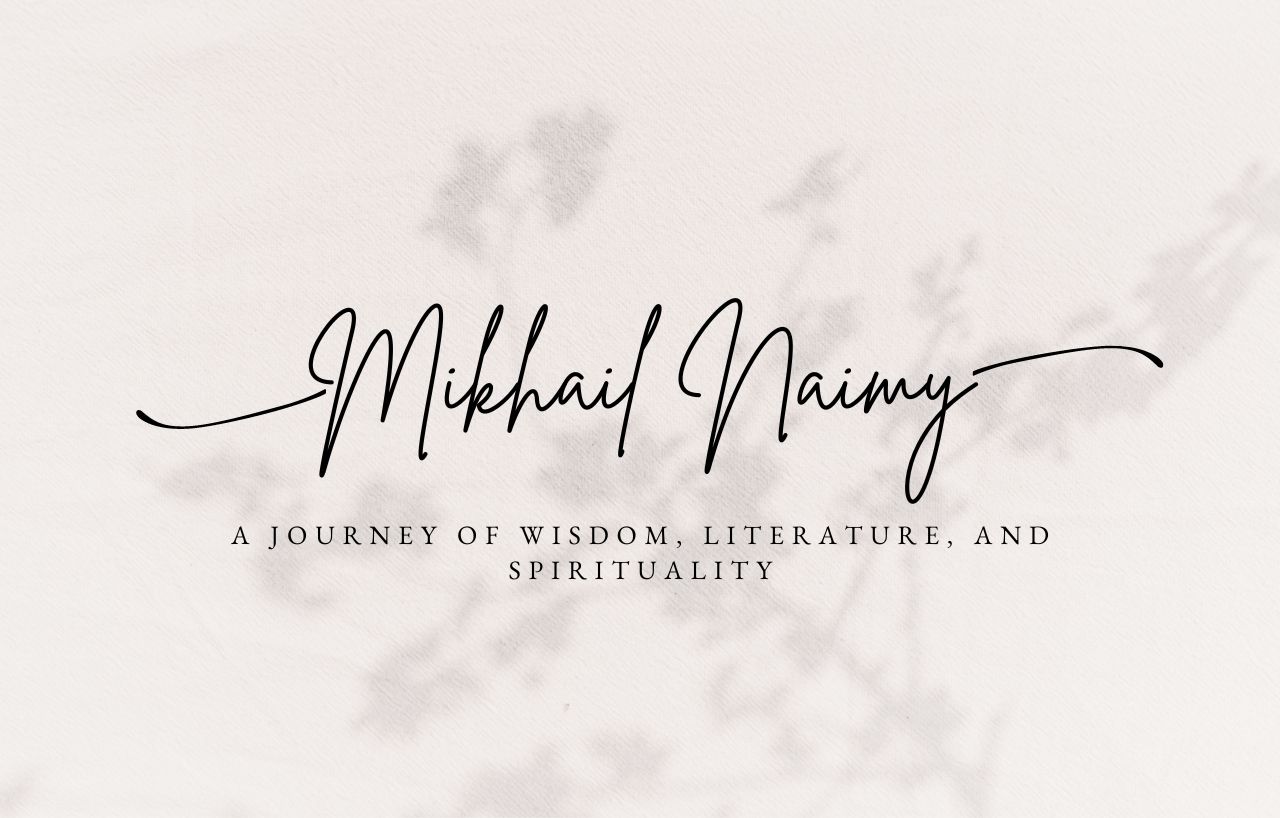Tai Chi, also known as Tai Chi Chuan, is a centuries-old Chinese martial art that has evolved into a graceful and meditative exercise practiced by millions of people worldwide. With its slow, flowing movements and emphasis on internal energy cultivation, Tai Chi offers a unique blend of physical exercise, meditation, and self-defense techniques. In this article, we delve into the rich history of Tai Chi, explore its philosophy and principles, and uncover the numerous health benefits associated with its practice.
Part 1: Origins and Evolution
- Ancient Roots:
Tai Chi traces its origins back to ancient China, rooted in Taoist philosophy and influenced by martial arts practices. Legend has it that the art was inspired by observing the movements of animals and nature, leading to the development of a system that harmonizes the mind, body, and spirit. - Founding Masters:
The origins of Tai Chi are attributed to Zhang Sanfeng, a legendary Taoist monk, who is believed to have created the foundations of the art in the 12th century. Over time, Tai Chi was further developed and refined by subsequent masters, including the Chen family, Yang Luchan, Wu Yuxiang, and Sun Lutang, giving rise to different styles and variations.
Part 2: Philosophy and Principles
- Yin-Yang and Balance:
At the core of Tai Chi philosophy is the concept of Yin and Yang, representing the dualistic forces of nature. Tai Chi seeks to harmonize these opposing energies, cultivating balance and equilibrium in both the physical and mental realms. - Mindful Movement:
Tai Chi emphasizes mindful movement, encouraging practitioners to focus their attention on the present moment, cultivating a state of relaxed awareness. The slow, deliberate movements of Tai Chi help calm the mind, reduce stress, and improve mental clarity. - Qi and Internal Energy:
A fundamental principle of Tai Chi is the cultivation of Qi (pronounced “chee”), the vital life energy that flows through the body. Through specific postures, breathing techniques, and mental concentration, Tai Chi practitioners aim to cultivate and circulate Qi, promoting health, vitality, and well-being.
Part 3: Practice and Forms
- Tai Chi Forms:
Tai Chi is typically practiced through a series of choreographed movements called forms. Each style of Tai Chi has its own set of forms, characterized by specific movements, postures, and transitions. Some popular styles include Chen, Yang, Wu, and Sun, each with its own unique characteristics and emphasis. - Slow and Fluid Movements:
One of the defining features of Tai Chi is its slow and fluid movements. Practitioners perform a sequence of postures in a continuous, flowing manner, transitioning seamlessly from one movement to another. This slow pace allows for deep relaxation, improved body awareness, and enhanced control of movement. - Mind-Body Connection:
Tai Chi encourages a deep connection between the mind and body. Movements are coordinated with conscious breathing, fostering a sense of internal harmony and promoting a state of relaxation and mindfulness. The focus on alignment, posture, and weight distribution helps develop stability, coordination, and flexibility.
Part 4: Health Benefits
- Physical Well-being:
Regular practice of Tai Chi offers numerous physical health benefits. It improves balance and coordination, reducing the risk of falls, particularly in older adults. Tai Chi also enhances flexibility, strengthens muscles and joints, improves cardiovascular fitness, and promotes better posture and alignment. - Stress Reduction:
Tai Chi serves as a powerful stress management tool, helping to reduce anxiety, alleviate depression, and promote overall emotional well-being. The combination of slow movements, deep breathing, and focused attention creates a calming effect, reducing the impact of stress on both the body and mind. - Mindfulness and Mental Clarity:
The meditative aspects of Tai Chi foster mindfulness and mental clarity. Regular practice enhances concentration, sharpens focus, and cultivates a sense of inner peace. Tai Chi can be a valuable practice for managing stress, improving sleep quality, and enhancing overall cognitive function. - Energy Cultivation and Vitality:
The cultivation of Qi through Tai Chi practice promotes energy flow and vitality. The gentle movements and mindful breathing techniques stimulate the body’s energy pathways, fostering a sense of rejuvenation and promoting overall wellness.
Conclusion:
Tai Chi is not merely a martial art or exercise routine; it is a holistic practice that encompasses physical, mental, and spiritual aspects of well-being. With its ancient roots, philosophical underpinnings, and a myriad of health benefits, Tai Chi continues to captivate practitioners around the globe. Whether seeking improved physical fitness, stress reduction, or a path to inner harmony, Tai Chi offers a profound and transformative journey towards overall wellness.
Here are some popular Chinese movies that showcase Tai Chi or have a strong connection to Tai Chi:
- “Tai Chi Master” (1993) – Directed by Yuen Woo-ping, this classic martial arts film stars Jet Li and Michelle Yeoh. It tells the story of two friends who train in the art of Tai Chi and face various challenges in their quest for justice.
- “The Tai Chi Master” (1993) – Another film directed by Yuen Woo-ping, this action-packed movie features Jet Li and Chin Siu-ho as two Tai Chi students who use their skills to rebel against oppressive forces.
- “The Forbidden Kingdom” (2008) – This fantasy martial arts film stars Jet Li and Jackie Chan. While not solely focused on Tai Chi, it incorporates elements of the art into the story as the protagonist discovers the power of Tai Chi in his journey through ancient China.
- “Man of Tai Chi” (2013) – Directed by Keanu Reeves, this modern martial arts film follows a young martial artist who becomes involved in underground fights. While not strictly about traditional Tai Chi, it explores the themes of discipline, inner peace, and the dichotomy between light and dark.
- “Tai Chi Zero” (2012) and “Tai Chi Hero” (2012) – These two movies are part of a Tai Chi-inspired steampunk film series directed by Stephen Fung. They tell the story of a young man with extraordinary Tai Chi skills and his adventures in a fictional martial arts village.
- “Tai Chi Hero 2” (2022) – This recent sequel to “Tai Chi Hero” continues the story of the main character and his journey through martial arts and self-discovery. It blends traditional Tai Chi elements with modern action sequences.
- “The Master” (2015) – Directed by Xu Haofeng, this film explores the philosophy and history of martial arts, including Tai Chi. It delves into the complexities of martial arts masters and their disciples, highlighting the importance of lineage and tradition.
These movies offer a mix of traditional and contemporary interpretations of Tai Chi, showcasing its beauty, philosophy, and the skillful martial arts techniques associated with it.



